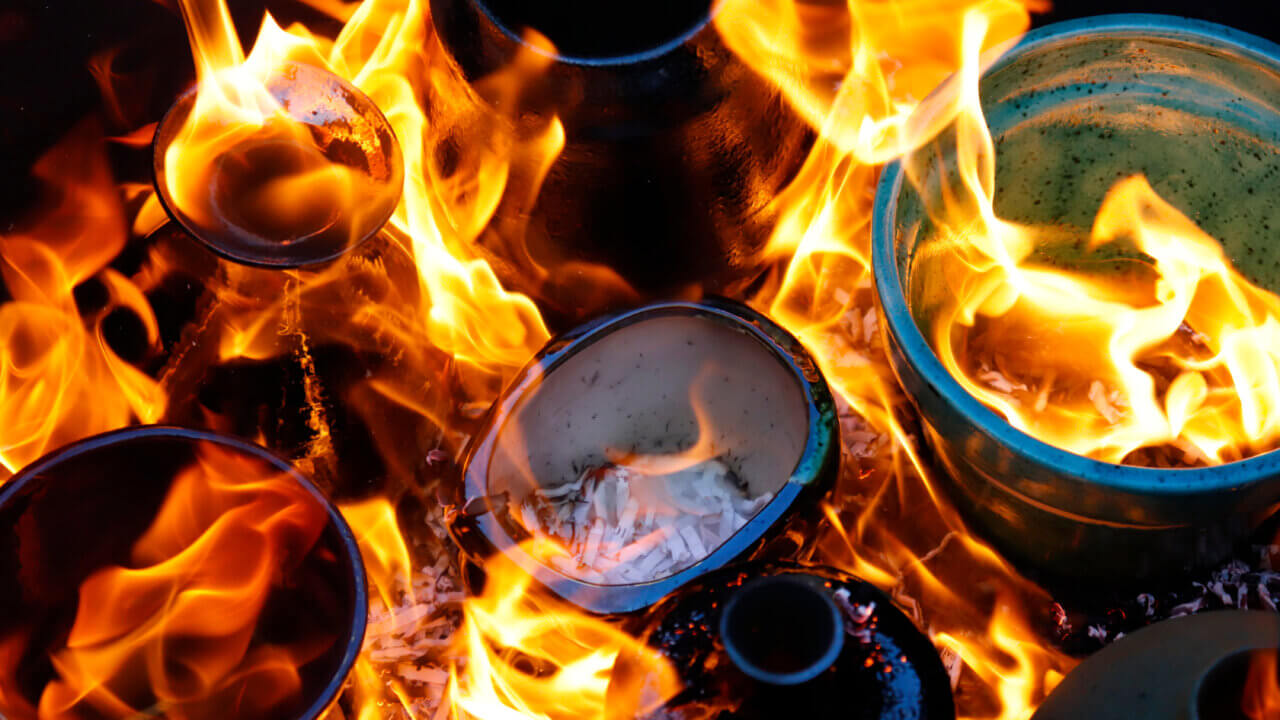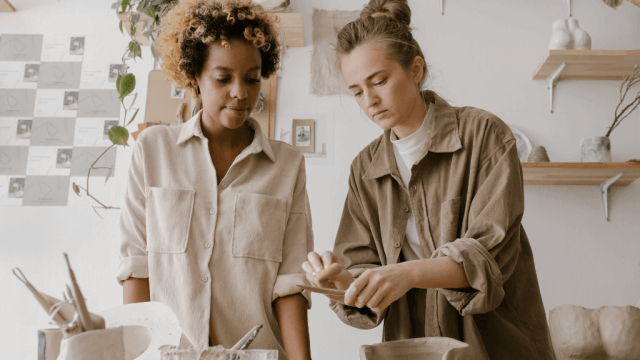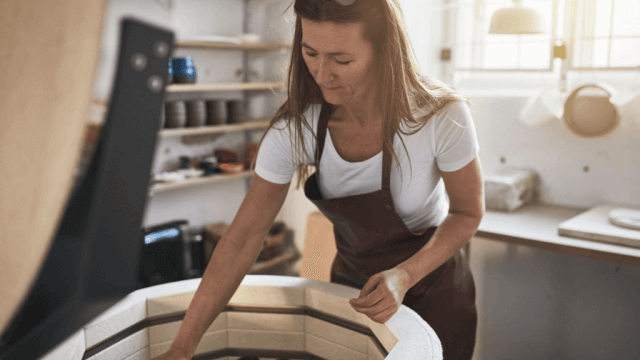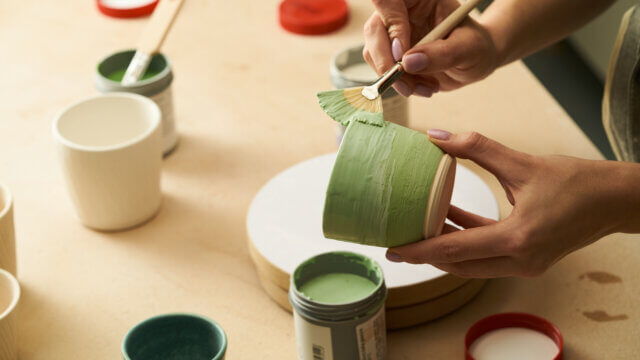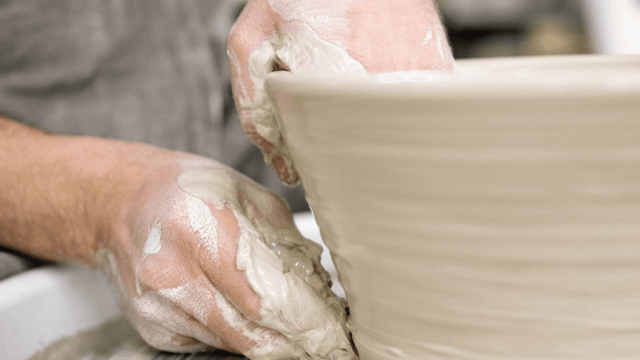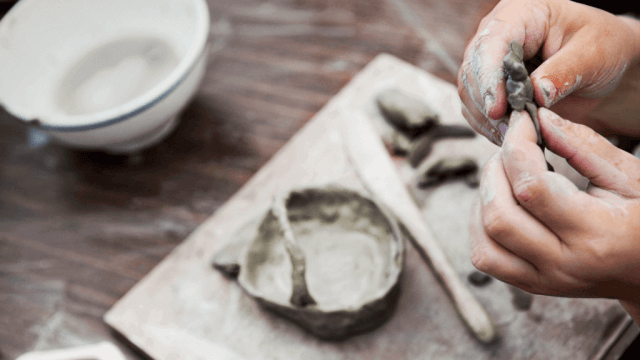To fire pottery at home, start by choosing a suitable kiln, either an electric or gas-fired kiln. Prepare your pottery by allowing it to air dry until the moisture is fully evaporated. Load your pieces into the kiln by placing them on shelves with a minimum 1-inch gap for air circulation. Begin firing your pottery by applying a low temperature initially and gradually increasing it according to your desired cone level. Monitor the temperature closely using a pyrometer or kiln sitter and maintain accurate firing records. Allow the kiln to cool down naturally after completing the process, which typically takes hours. Once cool, carefully unload your pottery.
Choosing the Right Kiln for Firing Pottery
Begin by selecting the appropriate kiln for your home setup. Decide between an electric or gas-fired kiln based on your power supply and space constraints. Electric kilns offer temperature control precision, while gas-fired kilns provide a more traditional approach and atmosphere control.
Preparing Your Pottery for Firing
Before firing, ensure your pottery is completely dry. Allow it to air dry for several days until moisture is fully evaporated. Dried and leather-hard clay should feel room temperature when touched.
How to Load Your Kiln
Properly load your pieces into the kiln by positioning them on kiln shelves. Ensure a minimum 1-inch gap between pieces for adequate air circulation. Utilize kiln posts to stack shelves and distribute heat evenly.
Kiln Safety Precautions
Do not overload the kiln; keep a safe distance from flammable materials. Vent your kiln correctly to avoid breathing harmful fumes.
Firing Process: Temperature and Time Control
Begin the firing process by applying a low temperature initially, around 200°F (93°C), for 2-3 hours to evaporate any remaining moisture. Gradually increase the temperature according to your desired cone level. Complete a bisque firing before proceeding with a glaze firing.
Monitoring and Recording Firing Data
Monitor the temperature closely using a pyrometer or kiln sitter, and record the firing process. Accurate records help replicate successful firings and troubleshoot issues in the future.
Cooling and Unloading Your Pottery
After completing the firing process, allow the kiln to cool down naturally, which may take several hours. Once cool, carefully unload your finished pottery, being mindful of sharp edges and fragile pieces.
Selecting Appropriate Clay and Glazes
Choose clay body and glazes that are compatible with the firing temperature you plan to use. Check the clay and glaze packaging for information on firing ranges, ensuring they match your kiln’s capabilities.
Firing Schedules and Temperature Ramps
Create a firing schedule or temperature ramp outline, specifying the rate of temperature increase, hold times, and final temperature for each stage of firing. Customize this schedule based on the clay, glazes, and your specific kiln.
Firing Schedules for Bisque and Glaze Firings
Bisque firing typically finishes at a lower temperature than glaze firing. Adjust your firing schedule accordingly to accommodate the two different firing types.
Maintaining Your Kiln
Perform regular maintenance on your kiln to ensure peak performance and longevity. Inspect elements or burners for signs of wear, clean kiln shelves, and replace damaged bricks or insulation as needed.
Using Kiln Wash and Protective Equipment
Protect kiln shelves through the application of kiln wash to prevent glaze from adhering to them. Wear suitable protective gear, such as heat-resistant gloves and eyewear, when handling the kiln and hot ceramic pieces.
Understanding Pyrometric Cones
Learn about pyrometric cones, which show the effects of heatwork on your pottery. Cones are used to ensure proper firing and help determine when the firing process is complete. Place witness cones, which visually show the heatwork, on the kiln shelves for assistance in optimizing future firings.
FAQs on Firing Pottery at Home
In this section, we tackle common questions that arise when firing pottery at home. Get familiar with the key aspects, aiming to make your firing process more successful and enjoyable.
Can I fire pottery without a kiln?
While it’s possible to fire pottery without a kiln using alternative methods like pit firing, raku firing, or a homemade barrel or trash can kiln, these techniques are less reliable and don’t offer precise temperature control compared to a dedicated kiln.
What are the main differences between bisque and glaze firing?
Bisque firing refers to the first firing of raw clay to remove moisture and harden the clay, while glaze firing is a higher-temperature firing to melt the glaze onto the pottery’s surface. Typically, bisque firing occurs at lower temperatures and entails a slower temperature increase due to moisture removal.
Can I fire multiple pottery pieces together in a single firing?
Yes, you can fire multiple pottery pieces in one firing, provided they are spaced adequately for proper heat circulation. However, take into account the clay and glaze compatibility, as mixing different types of clay or glaze may yield undesirable results or complications during firing.
How can I determine the correct temperature for firing my pottery?
Determine the correct firing temperature by consulting the clay and glaze packaging or manufacturer’s guidelines, which will recommend a suitable temperature range. Additionally, use pyrometric cones and monitoring devices to achieve the desired heatwork and avoid over or under firing.
What are some safety concerns to consider when firing pottery at home?
Ensure proper ventilation for your kiln to avoid breathing harmful fumes. Maintain a safe distance from flammable materials, and use heat-resistant gloves and eyewear when handling the kiln and hot ceramics. Also, remember to never leave a firing kiln unattended and adhere to local fire safety codes.
